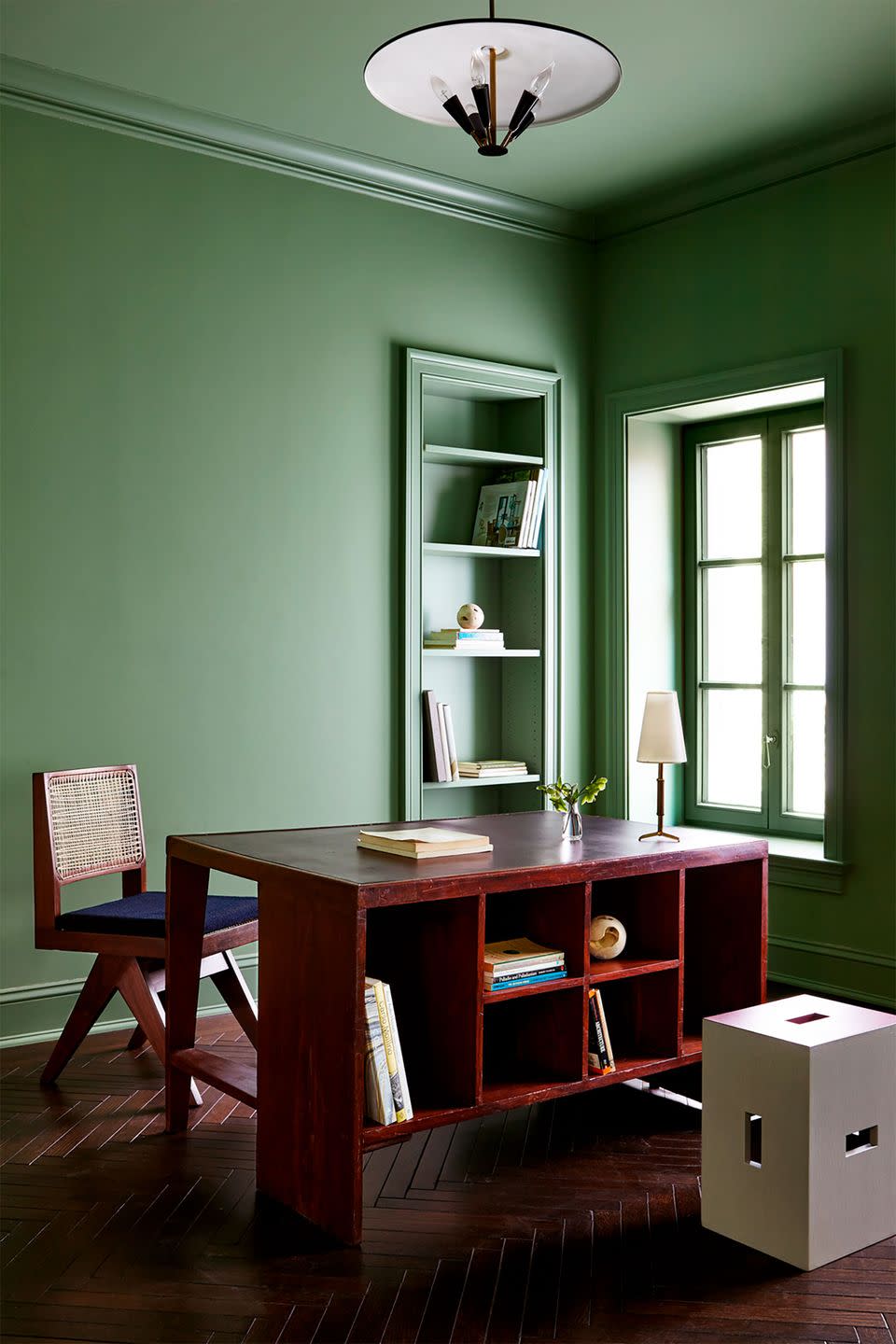Everything You Need to Know About Passive House Design

Above: The living room of a Passive House conversion in Jersey City, New Jersey, designed by Mowery Marsh Architects with interiors by Elaine Santos Design.
If you were building a new house or gutting an old one and could drastically reduce energy use, enhance indoor air quality, and contribute to a greener future, would you do it? Most people likely would, which is why Passive House construction—which offers all of these advantages, and more—is rapidly evolving from a system that used to be viewed as a fringe curiosity embraced by eco-warriors to a preferred new way of building.
“It’s just a better building standard,” says Alan Barlis, principal of the New York–based architecture firm BarlisWedlick, which has been building Passive Houses since 2008. “We’ve always been interested in craft, and we’ve always been interested in making sure that our design offers great value for the investment. Passive House is just a way to bring it all together, into a series of techniques that are very clear and amount to real results.”
What is Passive House construction? It’s simply a commonsense method of building that doesn’t leave a home with drafty holes and wasteful insulation gaps. It makes the exterior of a home airtight with a continuous membrane, employs high-performance insulation without gaps or so-called thermal bridges, makes triple-pane windows standard, and, because the resulting living space is fully sealed, uses an energy recovery ventilator to supply constant fresh air while maintaining a set indoor temperature.

Implementing these measures can result in jaw-dropping energy savings. “We’re able to save 80 to 90 percent of the energy that would be used on heating and cooling,” Barlis says. Because energy consumption is so low (the little heating and cooling that’s required is usually provided by an air-source heat pump), it’s relatively easy to make a net-zero home—where the building produces as much energy as it uses—by adding some solar panels.
But it’s not just about energy savings. Passive House principles also result in improvements you feel on a daily basis. There are no hot or cold spots in interior rooms like there are when a forced-air furnace heats a home; old, stale air is constantly replenished with fresh, new filtered air; and the resulting spaces are reassuringly quiet, because all that insulation and air sealing virtually eliminate noise from outside.
Another advantage is that building a Passive House requires almost no aesthetic compromise beyond having thicker walls. “It doesn’t have to look a certain way because it’s sustainable,” says Jennifer Marsh, who runs Mowery Marsh Architects in Hoboken, New Jersey, with her husband, Brian Marsh, where they have been building or retrofitting gorgeous homes that are covertly Passive Houses since 2008. “There’s no trade-off. We’re adding comfort; we’re adding value.”
These days, the firm simply builds with Passive House principles as a no-brainer, she notes. “We rarely talk about Passive House at all,” Marsh says. “It’s just part of our DNA. Our starting point is wanting to do good architecture.”
Jennifer Hanlin, founder of the Brooklyn-based interior design firm Hanlin Design, found the same freedom when renovating her Brooklyn townhouse to Passive House standards with her husband, Chris Cooper, a partner at the architecture firm Skidmore, Owings & Merrill. “When people were taking the first stabs at sustainable building in the ’70s, it all had a hippie look to it,” Hanlin says. “But with a Passive House, you would never know it.”
While estimates vary, Passive House construction can cost up to 15 percent more than conventional building. Another big challenge is finding builders, electricians, and plumbers who are experienced with the different construction methods required and do not drill holes willy-nilly.
But as Passive House principles become more common-place, that knowledge gap is shrinking. And the benefits are too good to ignore. Someday, Barlis predicts, it will just be the regular approach to building. “It’s going to take time,” he says, “but it will become the norm.”

This story originally appeared in the April 2024 issue of ELLE DECOR. SUBSCRIBE
You Might Also Like


